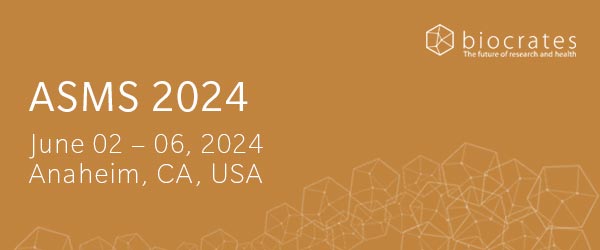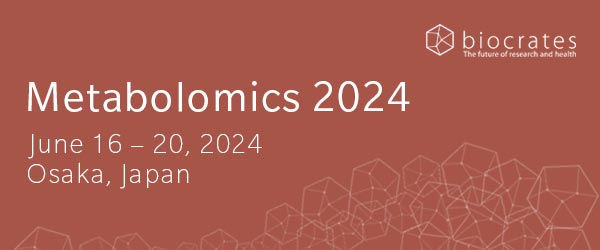Identification of biomarkers to diagnose diseases and find adverse drug reactions by metabolomics
A common problem with today’s pharmaceutical therapies is that the patient´s reaction to a drug is often unpredictable. They may respond poorly or experience adverse effects. Precision medicine aims to pinpoint the drug with the greatest therapeutic benefit and fewest side effects for an individual patient.
One route to precision medicine is through the metabolome. It reflects all biochemical processes in an organism, from the genomic level to the proteomic level, plus environmental factors. This means the metabolome can tell us a lot about individual phenotypic changes. Metabolic profiles linked to molecular pathways and networks can give clues about the mode of action of a specific drug in an individual. Pharmacometabolomics provides a metabolic fingerprint, used for the identification of biomarkers which predict how an individual will respond and react to a particular drug. A recent review from Tohoku University in Japan provides a great overview of pharmacometabolomics in practice.
Biomarker identification in large cohort studies requires standardized and reproducible high-throughput methods. The methods of choice are usually nuclear magnetic resonance (NMR) and mass spectrometry (MS). The advantage of NMR is the simultaneous detection and quantification of molecules without prior separation or use of standard materials. However, this method is limited by its low sensitivity, which can be improved using MS-based techniques. MS applications require the use of internal standards; first, to compensate for loss of material during sample preparation and due to the intensity of the mass spectra, and second, to enable absolute quantification by standard curves. Gas-chromatography (GC) and liquid-chromatography (LC) are mainly used for prior separation of molecules for MS-based pharmacometabolic analysis.
Untargeted metabolomics detects a wide range of metabolites. A normalization and exclusion process is needed to overcome the low quality of quantification due to artifact and noise spectra. The bottleneck of low reproducibility can be improved through targeted approaches, in accordance with strict standard operating procedures. Thus, the use of kits in combination with reference materials in LC-MS analysis may be the first standard technology in biomarker discovery using pharmacometabolomics. Combining this approach with mass spectrometry imaging (MSI) techniques, which give information about the spatial distribution of metabolites on surfaces, might pave the way for pharmacometablomics in clinical diagnostics.
Such standardized methods are used in large-scale cohort studies and may provide valuable metabolome reference platforms, like the Japanese Multi Omics Reference Panel (jMorp). Combining different omics technologies and applying a wide range of methods may be the key to biomarker discovery in precision medicine. Pharmacometabolomics has great potential as a first non-invasive diagnostic tool to identify which patients will respond well to a drug therapy and those who will probably develop adverse reactions.
If you need help with your cell preparation or want to obtain our technical guide for cell sample preparation for metabolic phenotyping please contact us.
Saigusa D, Matsukawa N, Hishinuma E, Koshiba S.: Identification of biomarkers to diagnose diseases and find adverse drug reactions by metabolomics. (2021) Drug Metabolism and Pharmacokinetics | https://doi.org/10.1016/j.dmpk.2020.11.008



